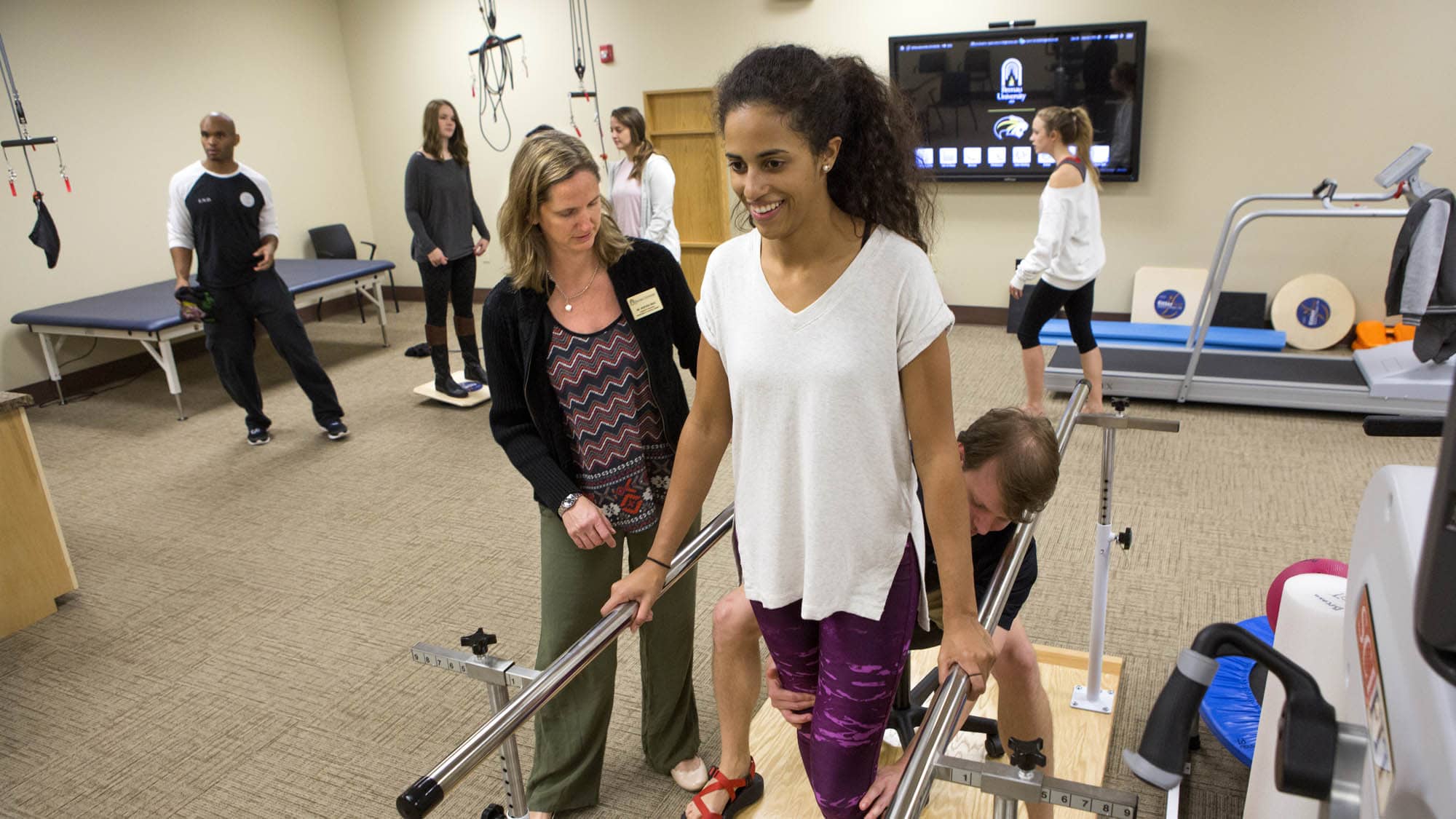Efficient Approaches to Minimize the Risk of Sudden Traumas in Sports Via Targeted Preventative Tactics
Efficient Approaches to Minimize the Risk of Sudden Traumas in Sports Via Targeted Preventative Tactics
Blog Article

Sudden traumas in athletics can occur suddenly and frequently lead to critical problems for players. These traumas can vary from sprains and strains to fractures and concussions. To help reduce these traumas, it is crucial to implement targeted preventive strategies. These strategies focus on awareness, appropriate preparation, equipment use, and overall health maintenance. By tackling these key areas, athletes can considerably lower their risk of suffering from acute traumas while engaging in their favorite sports.
One effective method to reducing the likelihood of traumas is through instruction. Players, coaches, and parents should be educated about the typical types of traumas associated with specific sports. Understanding the mechanics of these injuries allows all involved to identify the signs and symptoms early. Informative workshops or seminars can assist teach players about proper techniques and the importance of preparing up before matches or practices. This understanding enables players to take responsibility for their safety and motivates them to express any concerns about potential traumas.
Another crucial preventive strategy is proper training. Athletes should participate in a well-rounded training program that centers on building strength, flexibility, and endurance. Strength training helps build the muscle groups that support joints, reducing the likelihood of injuries. Flexibility routines, such as elongating, can improve the range of motion and reduce the chance of muscle strains. Additionally, players should include sport-specific drills that simulate game situations, which can help them become more acquainted with the actions involved in their chosen sport. Trainers play a crucial role in designing and implementing these conditioning programs to ensure they are secure and efficient.
The use of suitable equipment is also vital in reducing acute injuries in sports. Players should always wear the right equipment for their specific sport, including helmets, pads, and suitable footwear. For example, football players need helmets to shield against head injuries, while soccer players require shin guards to protect their legs from impact. It is essential that gear fits correctly and is maintained regularly to ensure it provides the intended safeguarding. Coaches and parents should motivate athletes to take the time to choose and wear the appropriate gear to minimize their chances of injury.
In addition education, preparation, and equipment, upholding overall well-being is crucial for injury prevention. Players should emphasize proper nutrition, hydration, and rest to keep their bodies in top shape. A balanced diet rich in vitamins and minerals aids support muscle recovery and overall physical performance. Maintaining hydrated is also important, as dehydration can result to fatigue and heighten the likelihood of injuries. Lastly, achieving enough sleep is crucial for recovery and upholding focus during practices and matches. By promoting good well-being habits, players can More Help improve their performance and lower their chances of experiencing acute injuries.
In conclusion, reducing the likelihood of acute traumas in athletics requires a comprehensive method that includes awareness, proper training, suitable gear, and overall health maintenance. By focusing on these targeted preventive strategies, athletes can more effectively safeguard themselves from the risks of traumas. Trainers, guardians, and players all have vital roles to fulfill in creating a secure athletics environment. By cooperating together and emphasizing protection, the pleasure of sports can continue without the interruption of painful injuries.